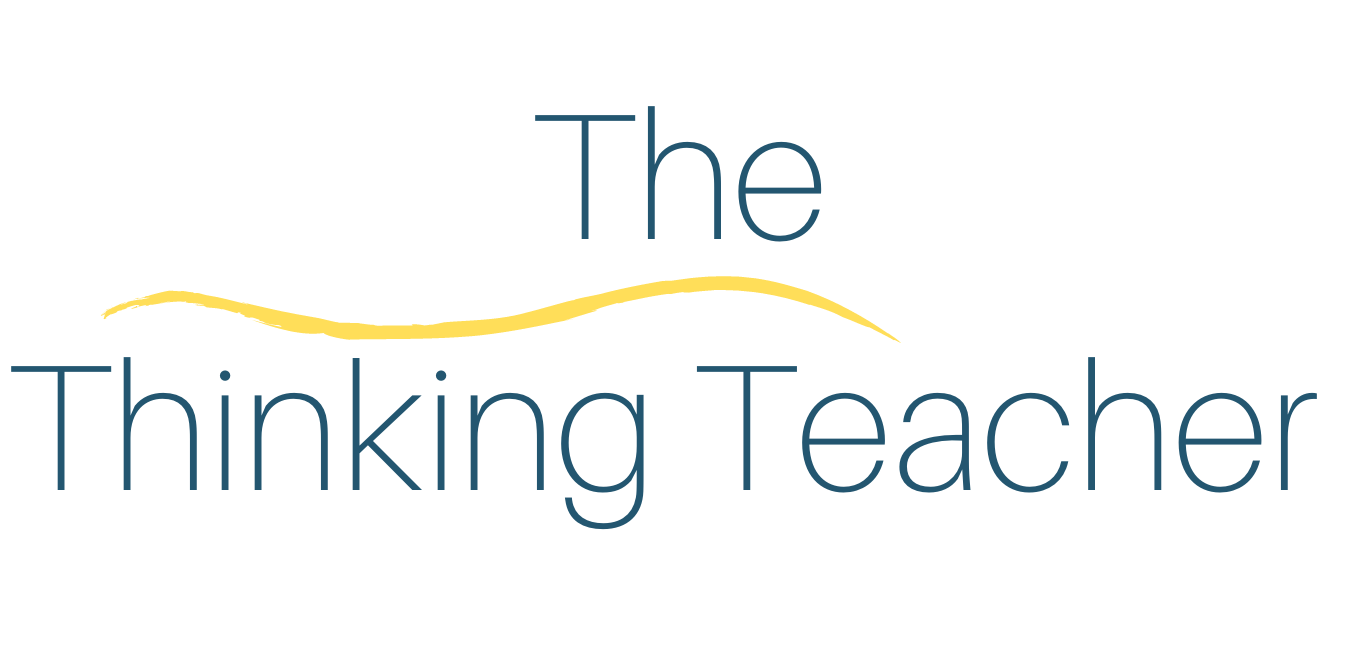Empower Learning with Sketchnoting: Step-by-Step Tips for Students
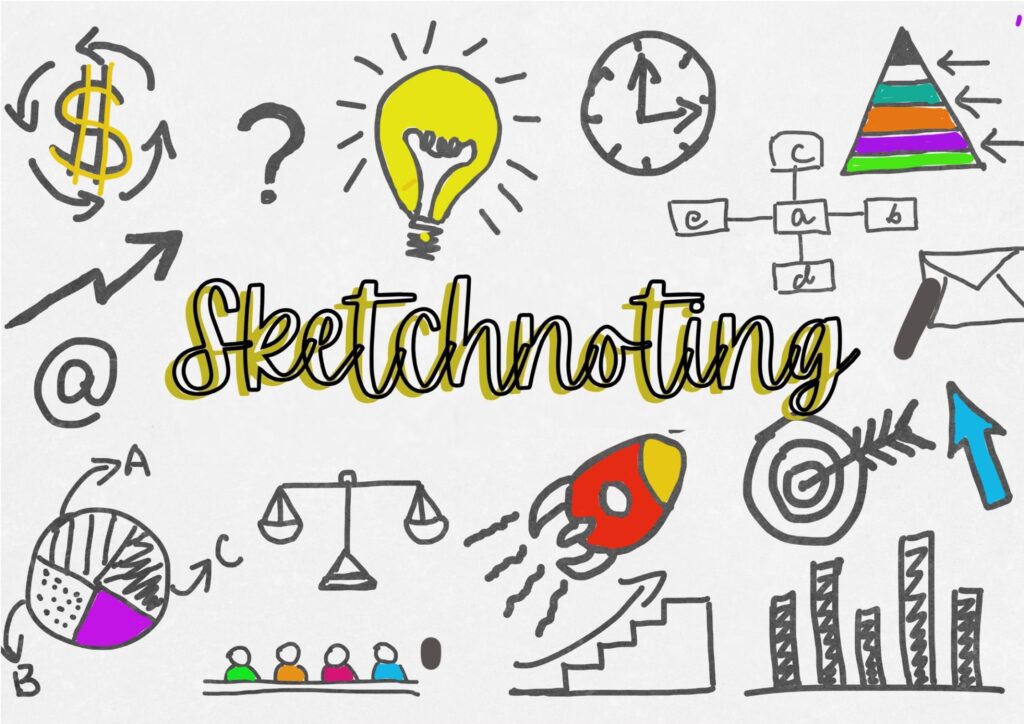
From the Cornell method to mind mapping, there are multiple ways that students can take notes. In recent years, sketchnoting has gained popularity, with many teachers embracing it as an alternative to traditional note-taking. Research by Fernandes et al. (2018) found that the process of drawing increased the memorization of information-making methods like sketchnoting more effectively than traditional note-taking methods.
What is Sketchnoting?
Sketchnoting is a visual note-taking method incorporating simple diagrams, boxes, and arrows to illustrate connections between ideas and concepts. This approach provides numerous benefits, enhancing comprehension and aiding memory retention when engaging with new learning.
However, despite its popularity, sketchnoting can appear daunting, particularly for those who may not consider themselves creative or feel uncomfortable with drawing. The perceived complexity of sketchnoting has become a common concern among educators, but it does not need to be!
A closer look at the benefits of sketchnoting
- Increased Engagement
The visual element makes sketchnoting more engaging than simply writing notes as it encourages creativity and fosters independence in learning. - Increased Comprehension
Incorporating images and colours enables students to visually represent abstract concepts, making it more tangible and increasing the overall comprehension of the material. - Enhanced Retention:
Incorporating visuals into note-taking, as with sketchnoting, can significantly improve long-term retention. The brain tends to remember images and associations more effectively than text alone. - Facilitates Active Learning:
Sketchnoting encourages students to actively process information as they choose key points, create visual representations, and make connections between ideas. This active engagement contributes to deeper learning. - Personalized Learning:
Sketchnotes are inherently personal and can be tailored to an individual’s preferred learning style. Students can represent information in a way that resonates with them, promoting a sense of ownership over their learning.
Step-by-Step Guide for Students: Getting Started
1. Gather resources
One of the great things about sketchnoting is its simplicity regarding resources. You only need a blank notebook, pencil, eraser, and coloured markers. While additional resources like stencils or a broader range of art supplies can be used, they are unnecessary to succeed.
2. Identify the elements of sketchnoting.
Before starting, students must learn about the following elements that can be incorporated into their sketchnotes;
– Arrows/Connectors
– Frames
– Typography/Fonts
– Icons/Symbols (symbols to represent recurring themes or concepts)
– Drawings/Illustrations
– Emphasis Techniques: underlining or bolding to draw attention to specific elements.
– Colour!
These elements can be introduced in any order. Students can be given an example sheet for the element being taught and should be encouraged to replicate and create their own versions using the examples as a starting point. Students can continue to refer to these examples as they create new sketchnotes.
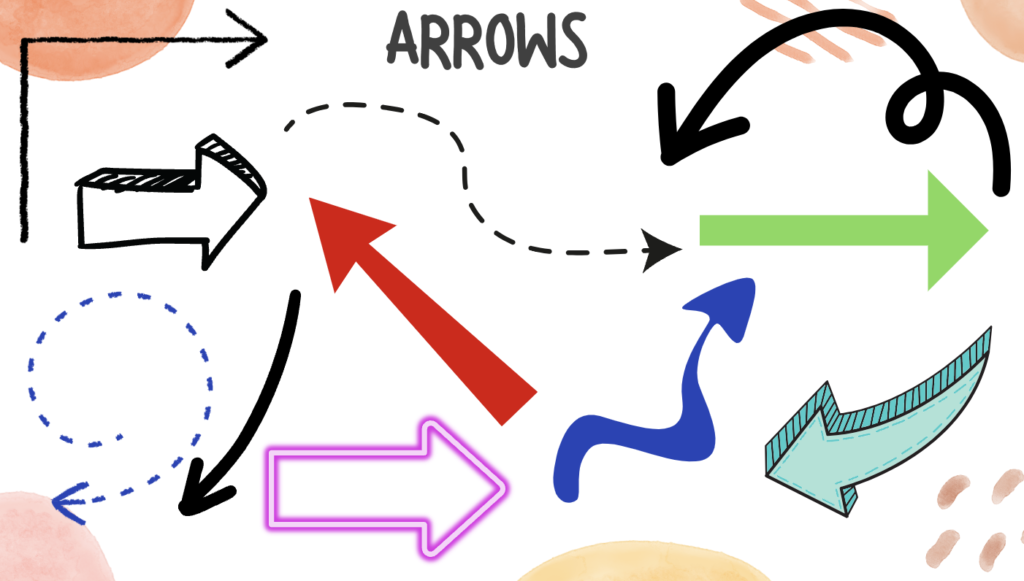
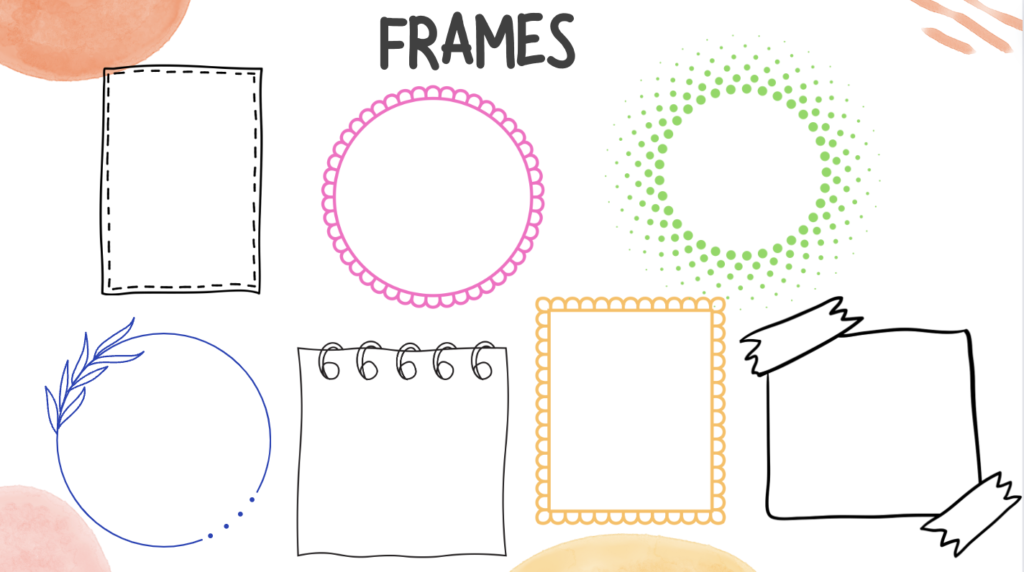
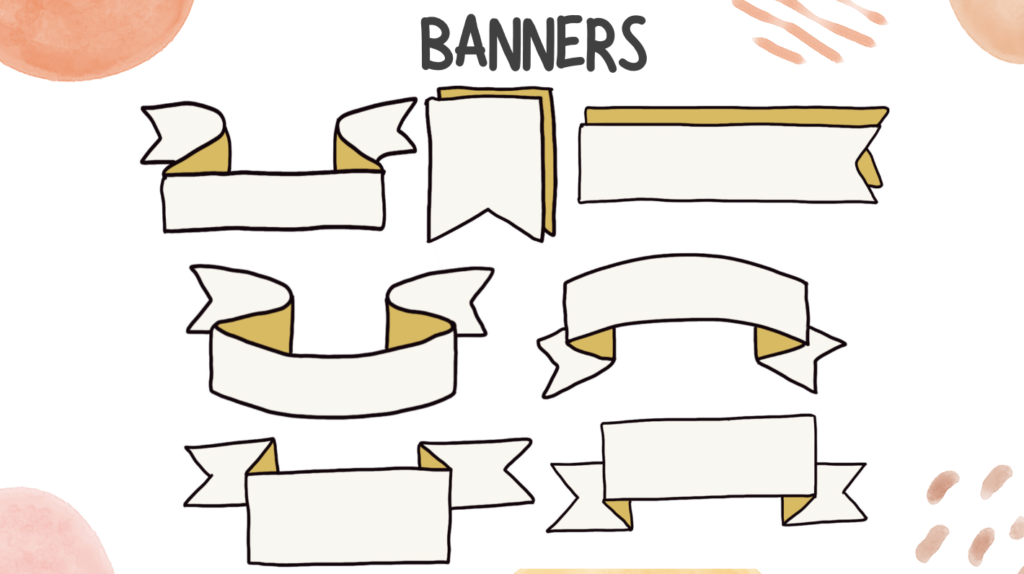
3. Drawing tools
The drawing element is often what causes the most anxiety for students. It’s important to stress that sketchnoting isn’t about creating elaborate artwork; their drawings should convey ideas rather than pursuing aesthetically pleasing sketches. The Noun Project is a valuable resource for students who don’t feel confident drawing.
For instance, if students were creating a sketchnote about zoos, rather than spending time worrying about how to draw an elephant, they could use The Noun Project to find a simple visual representation of an elephant to copy. This allows students to concentrate on communicating their message rather than worrying about creating a beautiful drawing.


4. Research and Keywords
Now that students have become familiar with the various elements of sketchnoting, they can begin to organize their thoughts and ideas that will be conveyed in the sketchnote.
This involves delving into research on the chosen topic and compiling a list of keywords. These keywords will be the basis of their sketchnote.
An excellent choice for their initial sketchnote is “All About Me”, where students can share their interests, hobbies, families, and experiences. The list of keywords can revolve around these personal topics, eliminating the need for any research in their first attempt.
To encourage critical thinking, prompt students to organize these keywords into groups or a specific order. This step proves invaluable as it allows students to identify connections between various ideas and concepts and enhances their overall understanding and retention of the material.
Once students have concluded their research and collected their keywords, they are ready to start their sketchnote! Encourage students to select a keyword and brainstorm an image that captures the essence of the word. Having the example of the various elements at hand, such as fonts and banners, will also make the process less intimidating.
As students begin their sketchnotes, it will become apparent which students have understood the material and which need further support. Without a clear understanding of the content, students won’t be able to create a visual representation of the more abstract keywords or identify connections between different ideas.
For these students, it’s crucial to revisit the research material and the gathered keywords, offering additional opportunities to discuss their meanings before embarking on the sketchnote.
As students incorporate sketchnotes into their learning, the process will become more straightforward and accessible, enabling them to showcase greater creativity in demonstrating their comprehension of the material. While it might appear challenging initially, following these steps will make the process enjoyable and manageable. It doesn’t need to be complicated!
Key Takeaways
- Research by Fernandes et al. (2018) found that the process of drawing increased the memorization of information-making methods like sketchnoting more effectively than traditional note-taking methods.
- Sketchnoting is a visual note-taking method incorporating simple diagrams, boxes, and arrows to illustrate connections between ideas and concepts.
- The advantages of sketchnoting include heightened engagement, improved comprehension, enhanced retention, active learning, and personalized learning.
- Students will need enough time to explore the different elements of sketchnoting before being able to apply them.
- Initiating a discussion about the meanings of keywords before starting the sketchnote can foster critical thinking. Encourage students to rank words or group them, prompting them to explore connections between various concrete and abstract concepts.
